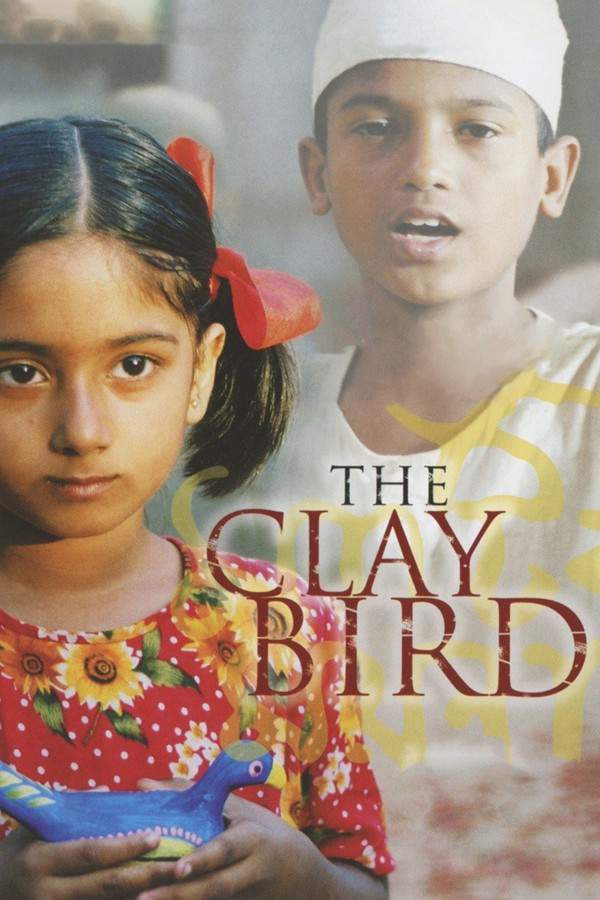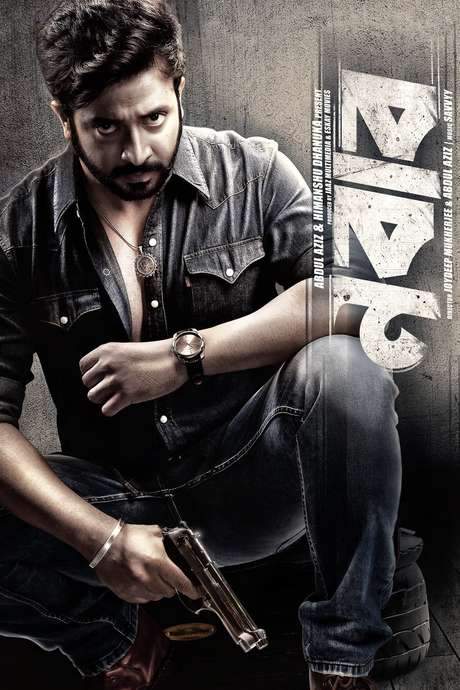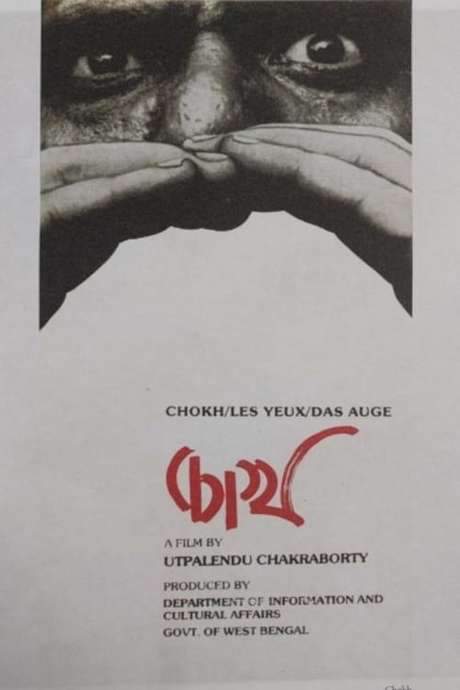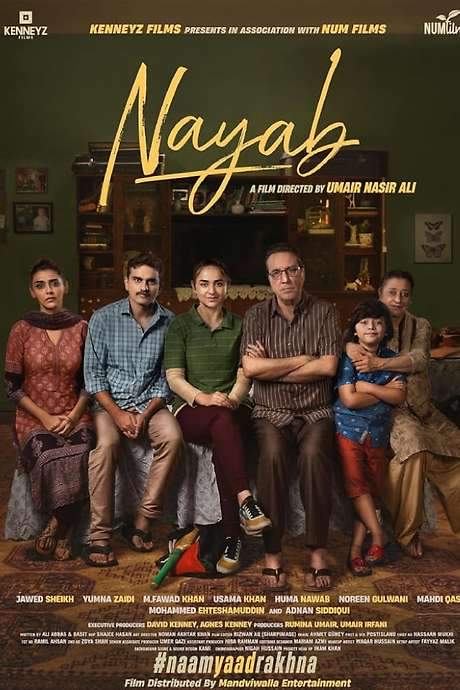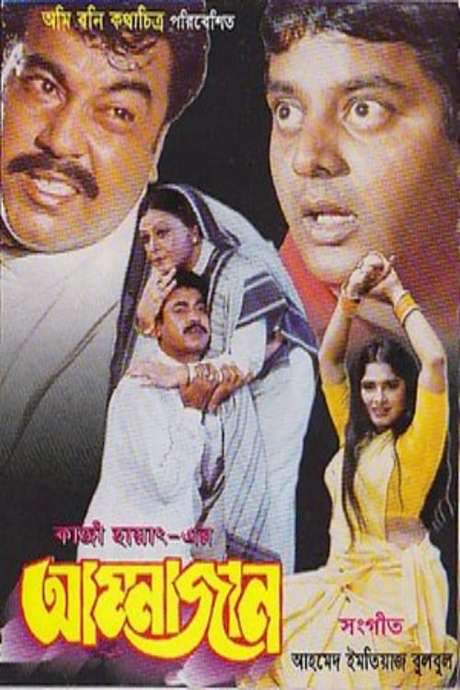
Jibon Theke Neya
Year: 1970
Runtime: 150 mins
Language: Bengali, Bangla
Director: Zahir Raihan
The film portrays the concept that an individual represents a nation and a household symbolizes a country. Through sharp political satire it critiques Bangladesh under Pakistani rule, using the autocratic matriarch of a family as an allegory for Ayub Khan’s dictatorship in East Pakistan.
Warning: spoilers below!
Haven’t seen Jibon Theke Neya yet? This summary contains major spoilers. Bookmark the page, watch the movie, and come back for the full breakdown. If you're ready, scroll on and relive the story!
Jibon Theke Neya (1970) – Full Plot Summary & Ending Explained
Read the complete plot breakdown of Jibon Theke Neya (1970), including all key story events, major twists, and the ending explained in detail. Discover what really happened—and what it all means.
The film centers on a middle-class family headed by an autocratic elder sister, Apa [Rawshan Zamil]. In this household, she calls every shot, and the rest of the family—her two younger brothers, Anis [Shaukat Akbar] and Faruk [Abdur Razzak], and her husband Dulabhai [Khan Ataur Rahman]—has little real voice in daily decisions. Apa’s grip is harsh: her husband is not allowed to sing inside the house, her brothers are blocked from marriage, and servants live under constant scolding. The atmosphere is tense, quiet, and claustrophobic, even as the family tries to maintain a sense of normalcy amid her relentless control.
To challenge Apa’s rule, Dulabhai quietly arranges Anis’s marriage to Sathi [Rosy Afsary] without Apa’s knowledge. This clandestine alliance immediately tests Apa’s authority and exposes the fragility of the household’s traditional hierarchy. At the same time, Faruk falls for Sathi’s younger sister Bithi [Suchanda], and the two wed, further shifting the balance of power within the family. The elder brother, Mr. Anwar [Anwar Hossain], a political activist imprisoned for his involvement in the freedom movement, remains a looming presence in the background, his absence lending a political dimension to the family drama and reminding viewers of the larger struggle beyond the house walls.
As Sathi and Bithi begin to shape the family’s future together, the siblings rally around a shared sense of dignity and solidarity. Under their leadership, the household starts to move toward unity rather than division. Posters praising resilience and resistance appear on the walls, signaling a collective will that challenges Apa’s dictatorship. The symbolic power of the keys—once firmly in Apa’s grasp—now shifts toward the two sisters, a tangible sign that control is no longer centralized in one tyrannical voice but distributed among the two who have chosen to stand up for each other.
Yet the reversal of power does not come without danger. Apa, sensing the threat to her dominance, intensifies her schemes to drive a wedge between Sathi and Bithi. The family’s private joys—two pregnancies for the sisters and the hope that comes with new life—are tempered by tragedy and fear. Sathi gives birth to a stillborn child, and doctors worry about her ability to endure the loss. In the wake of this grief, Bithi’s baby is placed in Sathi’s arms, and Sathi begins to nurture what she believes to be her own child, a moment that underscores the fragile intertwining of love, loyalty, and mistaken assumptions in the family’s saga. Apa seizes this moment to provoke conflict between the sisters, aiming to fracture their newfound unity.
A darker turn arrives when Apa poisons Bithi, trying to pin the crime on Sathi. Bithi survives, but Sathi is arrested on charges of poisoning. The courtroom becomes the arena where truth, family loyalty, and political undercurrents collide. Dulabhai steps forward to testify, and his evidence helps reveal Apa’s central role in orchestrating the crime. The verdict marks a decisive break in the house’s power dynamics: Apa is exposed and ultimately jailed, her authority shattered.
With Apa’s downfall, Mr. Anwar is released and returns to stand with his sisters and their husbands. The family members pay tribute together at the Shaheed Minar, honoring the martyrs and reaffirming their commitment to justice and unity. The film closes on a note that blends intimate personal change with a broader social message: when oppression at home meets resistance rooted in solidarity and civic conscience, even the most entrenched power structures can be overturned.
Last Updated: October 09, 2025 at 14:12
Unlock the Full Story of Jibon Theke Neya
Don't stop at just watching — explore Jibon Theke Neya in full detail. From the complete plot summary and scene-by-scene timeline to character breakdowns, thematic analysis, and a deep dive into the ending — every page helps you truly understand what Jibon Theke Neya is all about. Plus, discover what's next after the movie.
Jibon Theke Neya Timeline
Track the full timeline of Jibon Theke Neya with every major event arranged chronologically. Perfect for decoding non-linear storytelling, flashbacks, or parallel narratives with a clear scene-by-scene breakdown.

Similar Movies to Jibon Theke Neya
Discover movies like Jibon Theke Neya that share similar genres, themes, and storytelling elements. Whether you’re drawn to the atmosphere, character arcs, or plot structure, these curated recommendations will help you explore more films you’ll love.
Explore More About Movie Jibon Theke Neya
Jibon Theke Neya (1970) Scene-by-Scene Movie Timeline
Jibon Theke Neya (1970) Movie Characters, Themes & Settings
Jibon Theke Neya (1970) Spoiler-Free Summary & Key Flow
Movies Like Jibon Theke Neya – Similar Titles You’ll Enjoy
The Clay Bird (2004) Full Summary & Key Details
Made in Bangladesh (2020) Ending Explained & Film Insights
Nabab (2017) Story Summary & Characters
Made in Bangladesh (2019) Detailed Story Recap
Hasina: A Daughter’s Tale (2018) Complete Plot Breakdown
Bhat Dey (1984) Plot Summary & Ending Explained
Chokh (1983) Full Summary & Key Details
Jaago Bahey (2021) Plot Summary & Ending Explained
NAYAB (2024) Plot Summary & Ending Explained
Ora 11 Jon (1972) Story Summary & Characters
Ammajan (1999) Complete Plot Breakdown
Ei Ghor Ei Shongshar (1996) Complete Plot Breakdown
Aguner Poroshmoni (1995) Spoiler-Packed Plot Recap
Shonkhonil Karagar (1992) Ending Explained & Film Insights
Aaj Robibar (1997) Movie Recap & Themes



